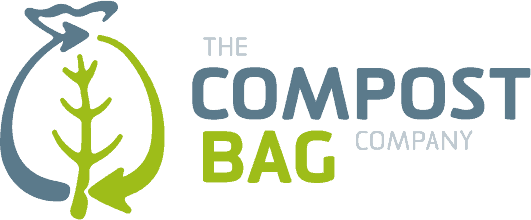CIRCULAR ECONOMY: clearly explained (part I)
By 2050, we will be living with 9.7 billion people on earth. That means more consumption and therefore more production. But that will put even more pressure on the climate and natural resources. Some suggest that a circular economy offers a way out, but what does that mean in concrete terms? The Compost Bag Company explains it clearly.
What is a circular economy?
In a circular economy, nothing is lost and everything is reused. Instead of taking raw materials from the earth over and over again, the materials from discarded products are reused as raw materials. A circular economy is therefore diametrically opposed to the linear variant, in which products made from newly mined raw materials are discarded at the end of their useful life and the materials they contain are lost.
The features of a circular economy
In concrete terms, goods are designed in such a way that they can be made partly or entirely from recycled raw materials. The consumer then treats the goods with care with a view to maximum functional reuse. In the event of a defect, the goods are initially repaired. If this is not feasible, the materials they contain are recycled as much as possible. Companies then manufacture new goods using recycled materials.
A washing machine, for example, is well maintained, but almost once it breaks down or no longer meets the requirements. Then it will first be repaired or upgraded. If that is no longer possible, then the manufacturer makes new machines with the reusable parts. From the non-reusable parts, the materials are recycled into new raw materials. In this way, waste becomes a (secondary) raw material.
A circular economy is therefore about much more than just recycling. All goods and production processes have to be rethought. Crucial factors include smart design, life cycle extension, reusability, dismantleability for repair and replacement …
What are the advantages of a circular economy?
You are less dependent on imports of raw materials
Europe is a continent with relatively few raw materials and is therefore highly dependent on its imports. But these are not infinitely available: finding and exploiting new sources of raw materials is becoming increasingly difficult, causing scarcity. Moreover, there is also great demand from other parts of the world. Today, there are already 27 materials on the list of critical materials in Europe. These are raw materials that are economically very important, but whose supply is at a standstill. At the same time, we are sitting on a mountain of materials that are present in our waste. In a circular economy, these materials are recycled and reused as much as possible, reducing our dependence on virgin raw materials.
The impact on the climate is reduced
Raw materials are not only becoming scarcer, their extraction is also a heavy burden on the environment. Added to this is the high CO2 emissions for the transport and production of goods. If you use products and raw materials for as long as possible, the energy cost and also the impact on the climate decreases.
New economic activities and more employment
The evolution towards a circular economy also brings with it the demand for new activities and certain profiles. This creates new opportunities for artisans, makers, repairers, sorters, transporters, creative designers, platform developers and much more.
In part II, we look in more detail at the different ways of recycling. Overpopulation puts pressure on the climate and natural reserves. A circular economy offers a way out, but what does that mean in concrete terms?




